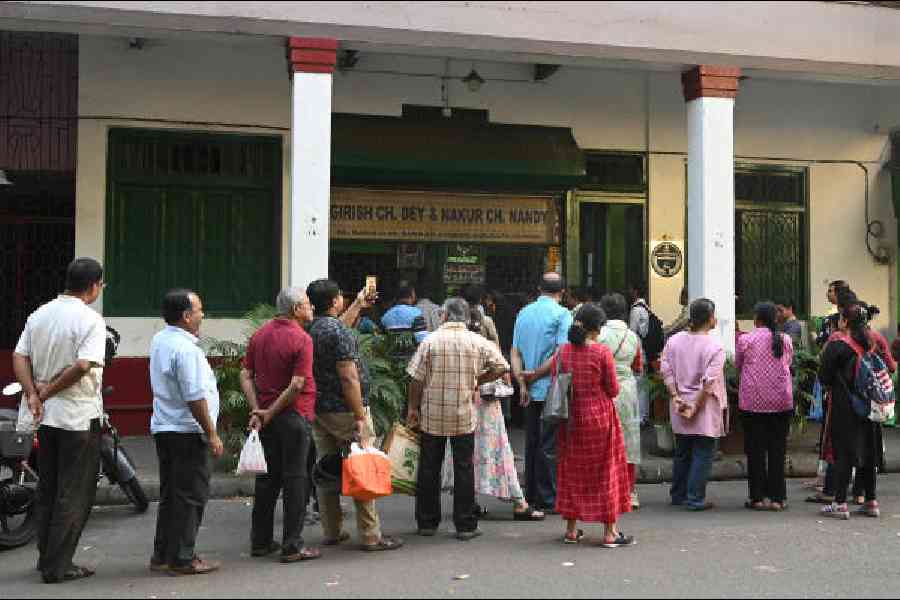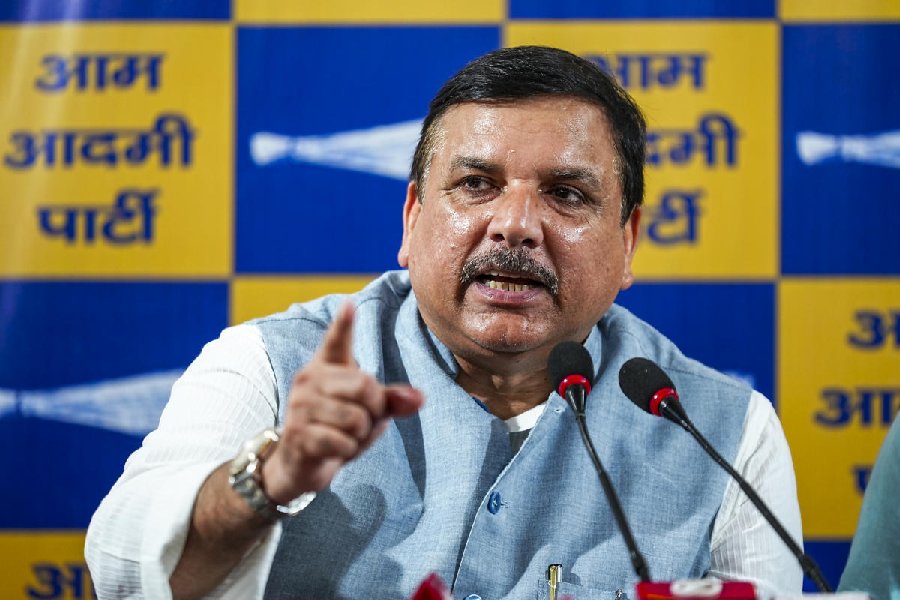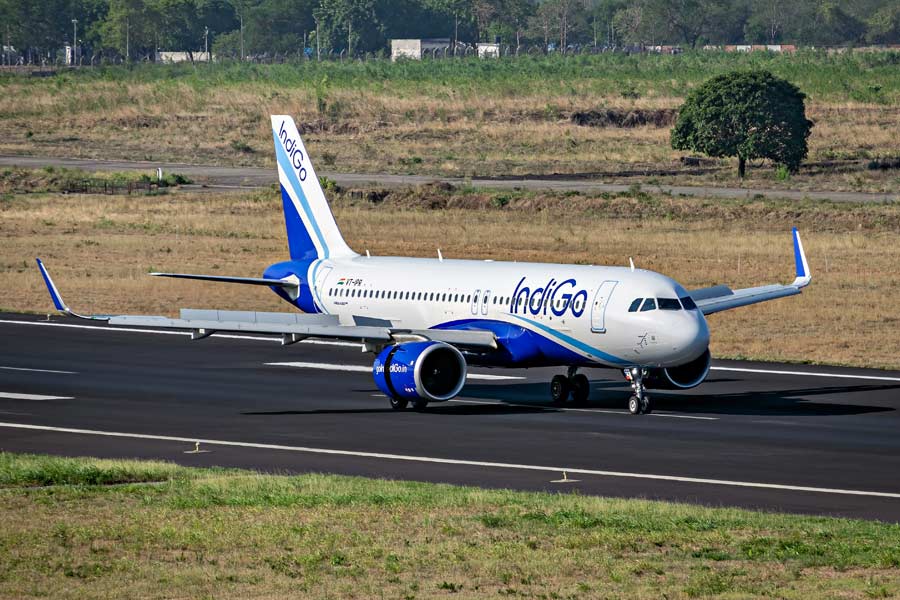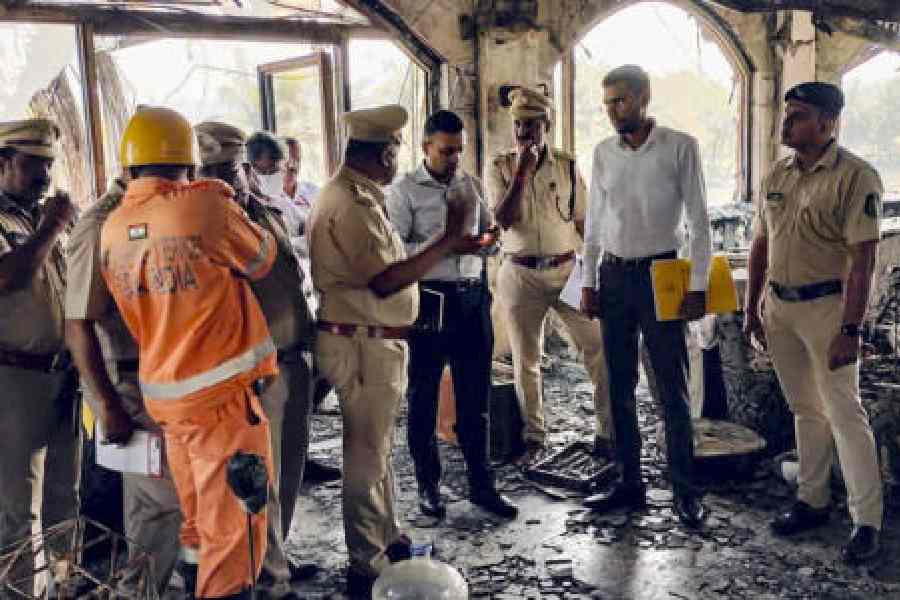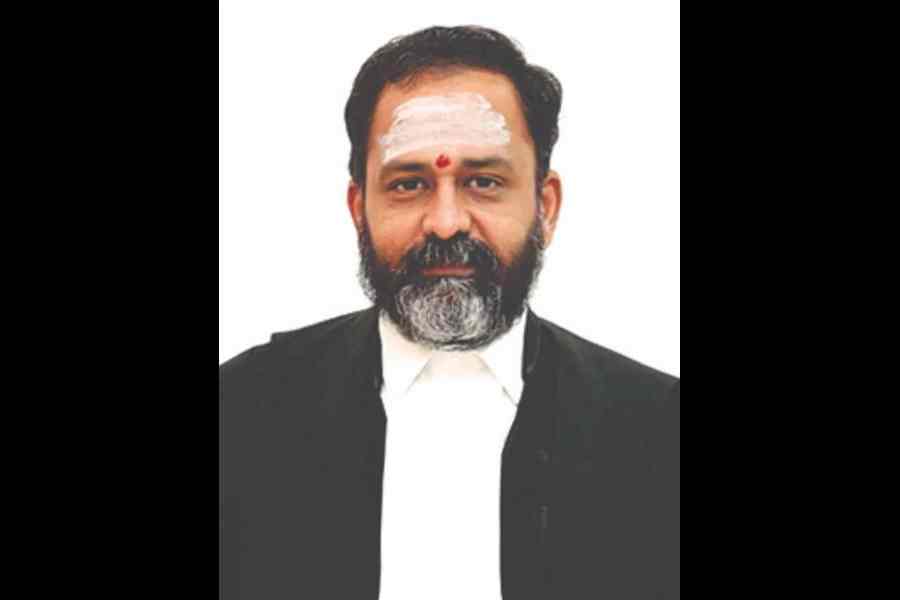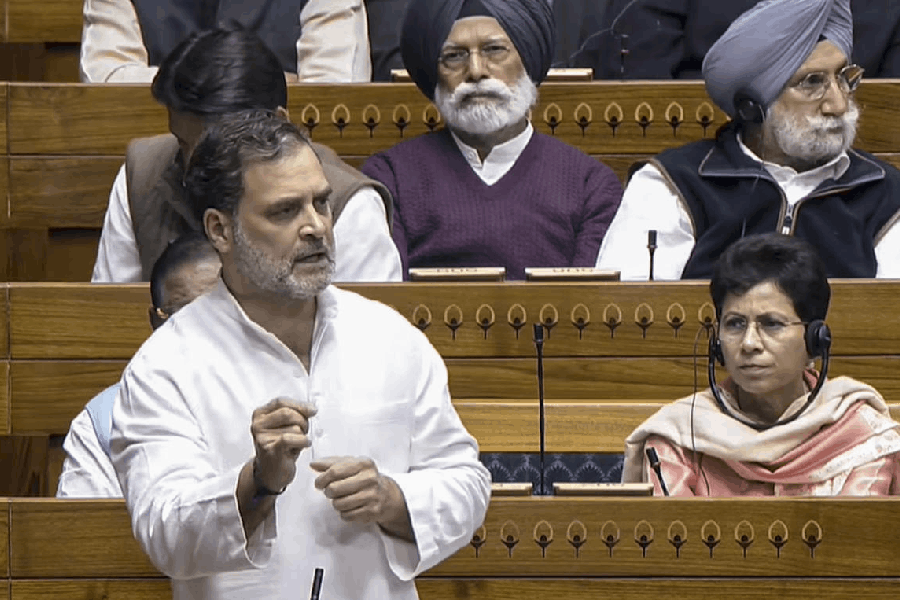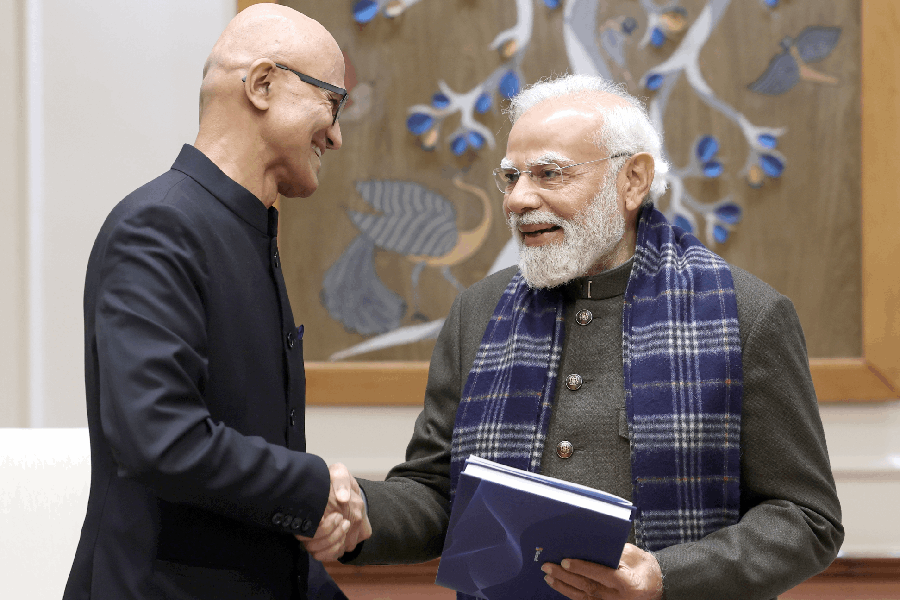Festivals in the city always call for mishti, but none more than Bhai Phota.
Mishti traders across the city said this is one occasion when even those who have cut down on sweets make an exception for their brothers and sisters.
This year, Calcutta’s sweet shops saw an unprecedented rush, with demand so high that most major shops operated in three shifts to keep up. Some even deployed extra staff at the counters to help customers select their orders.
From traditional sweets to assorted boxes, the demand for Bhai Phota mishti was exceptional.
Nilanjan Ghosh of Mithai, which has its flagship shop in Park Circus, said: “The sales have been very robust this year, especially with Bhai Phota stretching over three days, including Protipod. Instead of placing orders online, customers preferred coming to the shop, taking their time to select different varieties before placing orders.”
“There were inquiries for khaja days ahead of the festival. For brothers and sisters, mishti during Bhai Phota is more than just food; it’s an emotional tradition,” he added.
Several sweet shop owners confirmed a rise in sales by nearly 15% compared to last year. Chain outlets reported steady demand across branches, both in the city and in the suburbs. “We are still compiling the figures, but business was consistently strong over the three days,” said Ghosh.
Bhai Phota, also known as Bhai Dooj in other parts of India — the special occasion dedicated to celebrating the bond between brothers and sisters — was mainly celebrated on Thursday, though many families marked it on the preceding Tuesday and Wednesday as well.
The sweet sales, which had been climbing steadily since Dashami and Diwali, peaked during these days, traders said.
Unlike earlier festivals where volume and number of packets were the main focus, Bhai Phota pushed sweet makers to emphasise variety, especially traditional delicacies like chitrakut, jol bhora, and various forms of sandesh.
“With the absence of nolen gur this season, demand shifted towards white sugar-based sweets like moushumi, parijat, and guti manohara,” said Partha Nandy of Girish Chandra Dey and Nakur Chandra Nandy in north Calcutta.
“On Wednesday, there was a queue outside the shop till 11pm. Customers preferred waiting and choosing their favourite sweets rather than buying randomly.”
On Thursday morning, the rush continued with customers arriving early to pick carefully curated assortments for their siblings. Several traders noted that while festivals like Diwali and Bijoya focus on volume, Bhai Phota demands quality and variety — favourites like chandrakala, kalakand, dilkhush, and pranhara
flying off the shelves.
Kaberi Pal, a former college professor visiting her brothers in Phoolbagan from Lake Gardens, said: “The usual varieties are available year-round, but Bhai Phota calls for something special. I chose an assortment of traditional sandesh, which is pricier, but for my brothers, I don’t mind the pinch.” She added with a smile: “There are even some sugar-free options.”
The love for variety had many shoppers hopping between multiple shops on Wednesday evening. Some were siblings visiting after years abroad.
“I asked the younger family members which sweets were best and from which shops. They gave me a list, and I went around collecting them. This Bhai Phota is special — it’s my first in six years,” said Amit Ranjan Sen, visiting from Adelaide.
Sweet makers attribute the enduring appeal of their trade to this passion for exploring different varieties from different shops.
“In no other city will you find mishti lovers debating which shop sells the best version of each sweet,” said Sudip Mullick of Balaram Mullick and Radharaman Mullick, the 137-year-old sweet shop.
“This festive season — from Durga Puja and Bijoya Dashami to Diwali and Bhai Phota — has been extremely promising for us. Our suburban outlets in Howrah and Sodepur have also seen fabulous responses during Bhai Phota,” he added.

